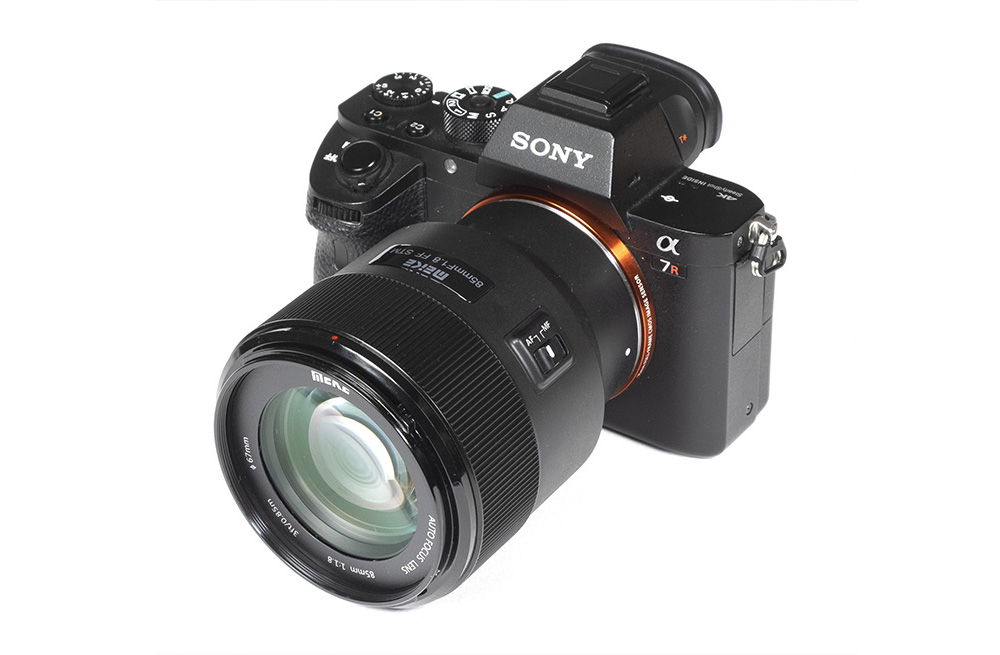Review by Klaus Schroiff, published August 2022
Introduction
Autofocus lenses are still pretty rare beyond the mainstream players, but slowly and steadily, some of the Chinese players are taking the leap. Yongnuo was probably the first, followed by Viltrox, and now Meike has started offering AF lenses – their first shot in the mirrorless AF segment is the Meike AF 85mm f/1.8 STM in Sony E-mount. This medium-tele lens is compatible with both APS-C and Full Format Sony Alpha cameras. Priced at just $199, it undercuts the competition by a huge margin. This raises the question of what you can expect from such a bargain lens. Let’s see.
The build quality of the Meike lens is Ok, although you shouldn’t expect Sony G-Master quality, of course. The lens body is made of some kind of plastic based on a metal mount. The very broad, plastic focus ring is a tad wobbly but operates smoothly. You can feel that plastic moves on plastic, though. Weather-sealing is not provided. It’s worth noting that the design is probably closely related to Meike’s 85mm lens in EF- mount using an extended mount (similar to what Sigma did for some of their lenses). The mount extension leaves more space between the camera grip and the lens, which is actually a good thing. Design-wise, the extended mount doesn’t look like an afterthought (unlike on some other extended DSLR lenses) but it adds about 1cm in length compared to the Sony FE 85mm f/1.8, for instance. A deep petal-shaped hood is provided. Firmware updates are possible via a USB port on the mount. In fact, we updated our sample to firmware 1.20, which worked nicely.

As mentioned, this is an auto-focus lens that uses a stepping motor (STM) for focusing. The AF speed is clearly on the slow side so if you want to use it in fast-paced scenarios, better look elsewhere. Typical for most modern lenses, manual focusing works “by-wire” and it does the job nicely here. The electronic coupling also translates to a camera-controlled aperture as well as EXIF data. The latter is important for in-camera image stabilization. However, the lens doesn’t feature a built-in image correction profile.
| Specifications | |
|---|---|
| Optical construction | 9 elements in 6 groups |
| Number of aperture blades | 9 (rounded) |
| min. focus distance | 0.85m (max. object magnification 1:?) |
| Dimensions | 95x78mm |
| Weight | 386g |
| Filter size | 67mm |
| Hood | petal-shaped (bayonet mount, supplied) |
| Other features | – |
| Mount | Sony FE |
Distortion
The Meike AF 85mm f/1.8 STM produces a mild pincushion distortion of ~0.4% both in RAW mode and JPEG mode. As mentioned, a correction profile hasn’t been implemented (yet). Hopefully, that’s something that will be added via a future firmware update.
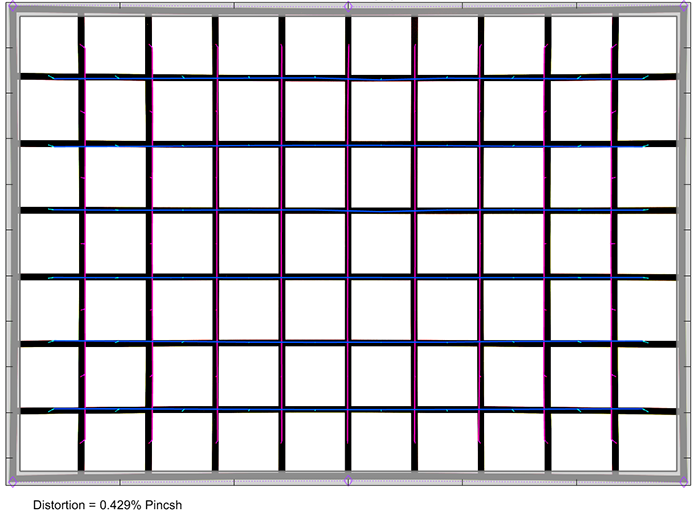
Vignetting
Ultra-fast lenses tend to have a very high vignetting at large-aperture settings. However, the Meike lens is pretty well corrected in this respect. At f/1.8, the light falloff is at 1.6EV (f-stops) – while clearly visible, this is lower than on Sony’s own FE 85mm f/1.8 (in RAW mode). Stopping down gradually reduces the issue, and it’s no longer relevant from f/4 onward.

MTF (resolution)
The Meike AF 85mm f/1.8 STM has a pretty decent resolution characteristic. The center and also the near-center quality are sharp straight from f/1.8. The quality drops substantially towards the borders/corners which are only on a mediocre level at this setting. The contrast level is also reduced. Stopping down to f/2.2 doesn’t change much but there is a visible improvement beyond. The outer image field reaches good results at f/2.8 and the overall peak is reached around the f/5.6 mark with very good quality across the image field. Diffraction effects are a limiting factor from f/11 onward.The field curvature is low. The centering quality of the tested sample was good.
Please note that the MTF results are not directly comparable across the different systems!
Below is a simplified summary of the formal findings. The chart shows line widths per picture height (LW/PH) which can be taken as a measure of sharpness. If you want to know more about the MTF50 figures, you may check out the corresponding Imatest Explanations.

Chromatic Aberrations (CAs)
Lateral CAs vary along the aperture range. They are slight at large apertures and decrease to negligible levels from f/4 onward.

Bokeh
A fast prime lens is nothing without a good bokeh, and this is clearly a strength of the Meike lens. Out-of-focus highlights have a silky smooth inner disc with just a tad of outlining at the edges of the discs. The circular shape starts to deteriorate with the more edgy aperture shape when stopping down.

The circular shape is maintained in a very broad zone at f/1.8. As usual, they deteriorate in the corners. Strangely, these outer “discs” have a somewhat irregular shape. This also applies to f/2.2. At f/2.8, the outer discs have been mostly restored.


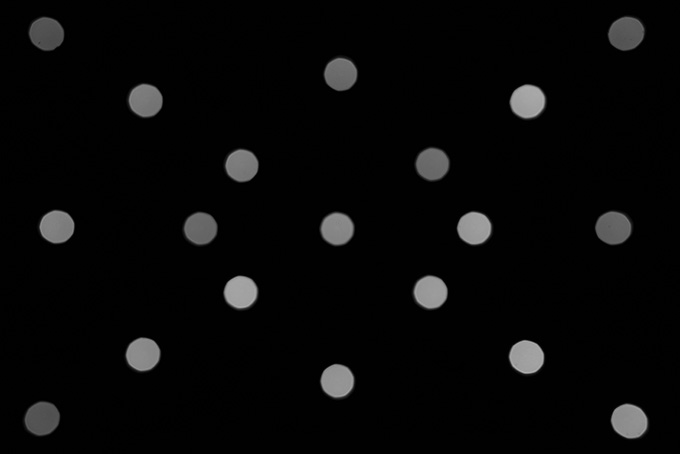
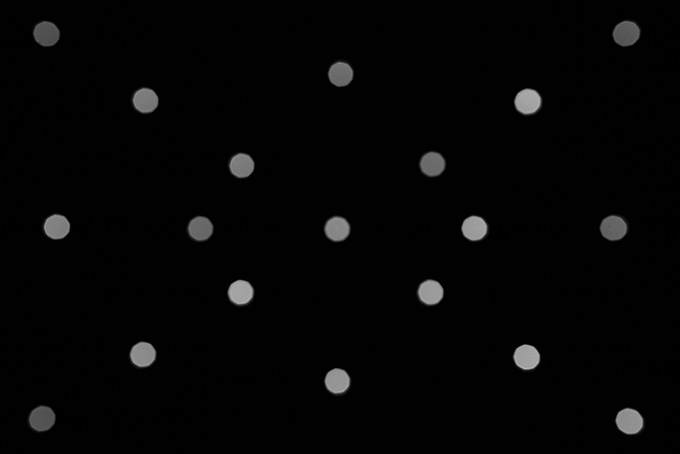
The quality of the general blur is very smooth in the image background (shown to the left below). The less important foreground is clearly rougher in comparison.

Bokeh Fringing / LoCA
Boheh fringing (sometimes referred to as LoCA) is an axial color fringing effect with purplish halos in front of the focus point and greenish beyond.
And, unfortunately, this is a major weakness of the Meike lens. As you may see yourself, the fringing is pretty dramatic at f/1.8 and f/2.2. The issue is reduced at f/2.8 and moderate at f/4.
You may also notice a focus shift (Residual Spherical Aberrations) towards the rear when scrolling through the aperture range below (the focus distance was held constant).
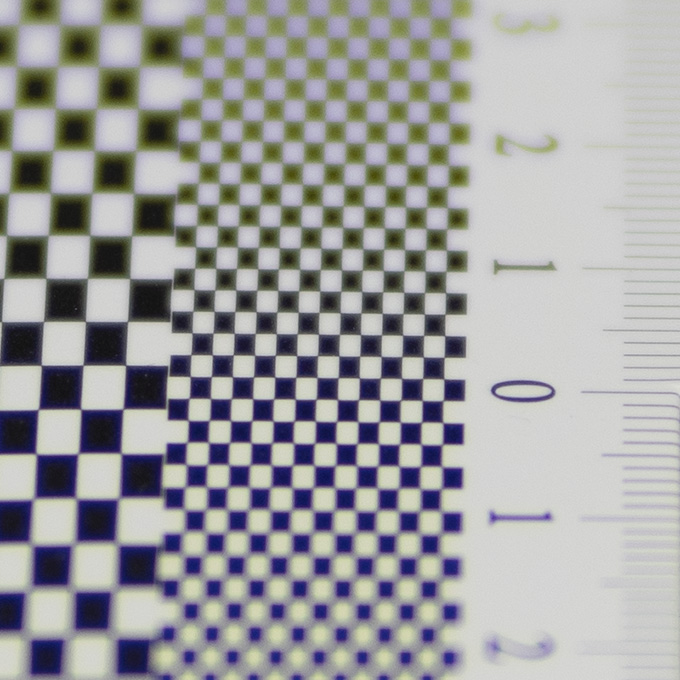
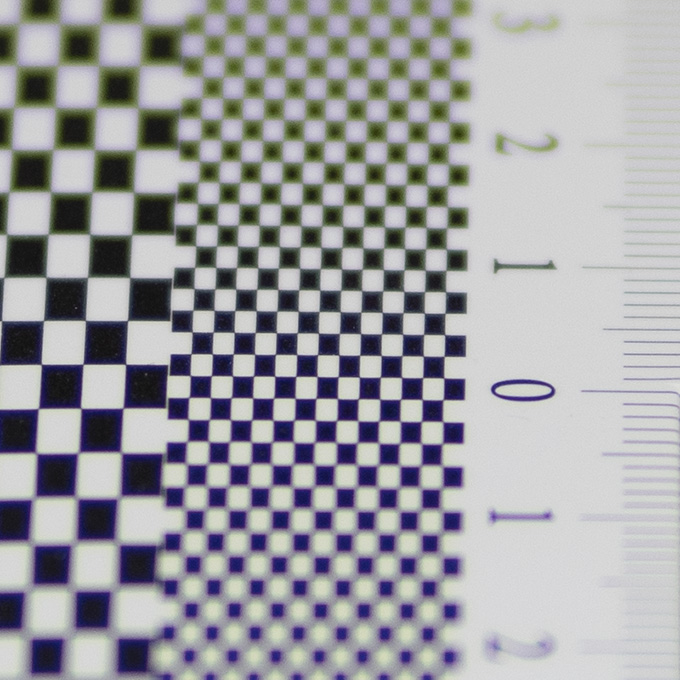

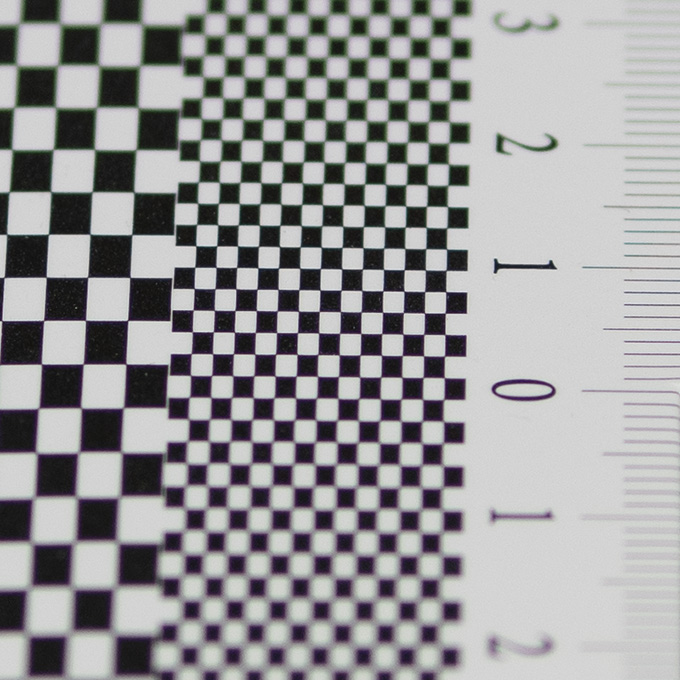
Sample Images
Competition
Given its pricing of just $199, the Meike AF 85mm f/1.8 STM doesn’t really compete with Sony or Sigma. The Viltrox AF 85mm f/1.8 FE II ($399) and the Yongnuo YN85mm f/1.8S DF DSM ($345) come a little closer, but they are still almost double the price tag. We can’t comment on the Yongnuo, and we’ve only tested the Viltrox in the APS-C scope. It is reasonable to assume that the Viltrox/Yongnuo offerings are a little more mature and also better – but, as mentioned, much more expensive.
Unsurprisingly, a $200 lens can't be perfect and this has to set the context in the discussions. In terms of the more formal characteristics, the Meike AF 85mm f/1.8 STM does a surprisingly good job actually. The image sharpness is available where it counts the most - near the image center. At large aperture settings, the corners aren't hot but you probably don't require superb corners at f/1.8 anyway. The somewhat reduced contrast may also be beneficial for portrait photography. Conversely, the lens is very sharp around f/5.6 where it can almost compete with the big boys. Image distortions are pretty low and both CAs and vignetting are also well controlled. A strength of the lens is the quality of the bokeh which is very smooth in the image background. Out-of-focus highlights are also pleasingly rendered. This is probably a positive effect of the old-school optical design. The same old-school design has also a negative effect with respect to the rather extreme bokeh fringing (LoCAs) f/1.8 and f/2.2, though. The fringing can be a spoiler in high-contrast scenes.
The construction of the Meike lens is fairly decent but don't expect the tank-like qualities that we have seen from Meike's manual focus lenses recently. The lens body is made of average-quality plastic based on a metal mount. The broad, plastic focus ring operates smoothly but you can feel some cost-cutting here as well. An exciting aspect of the lens is certainly its AF motor - something that we haven't seen often from Chinese players until recently. It does its job but don't expect it to be fast. Object tracking isn't really an option and it isn't noiseless either. The aperture can be controlled via the camera and it does also produce EXIF data. An auto-correction profile is not provided but given the decent results, this isn't really needed.
There are, of course, better 85mm lenses than the Meike AF 85mm f/1.8 STM out there. However, as mentioned, everything is about context. Regardless of the mentioned flaws, the lens is still a steal at this price point and if you are on a tight budget, it could be a viable option.
-
Optical Quality
-
Build Quality
-
Price / Performance


